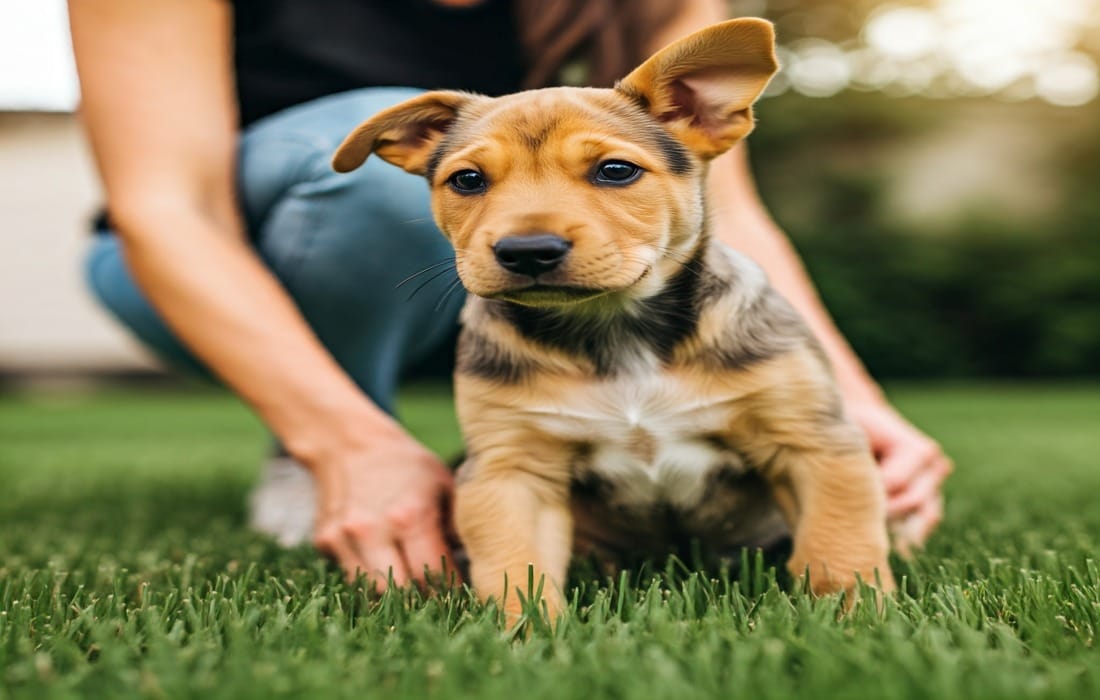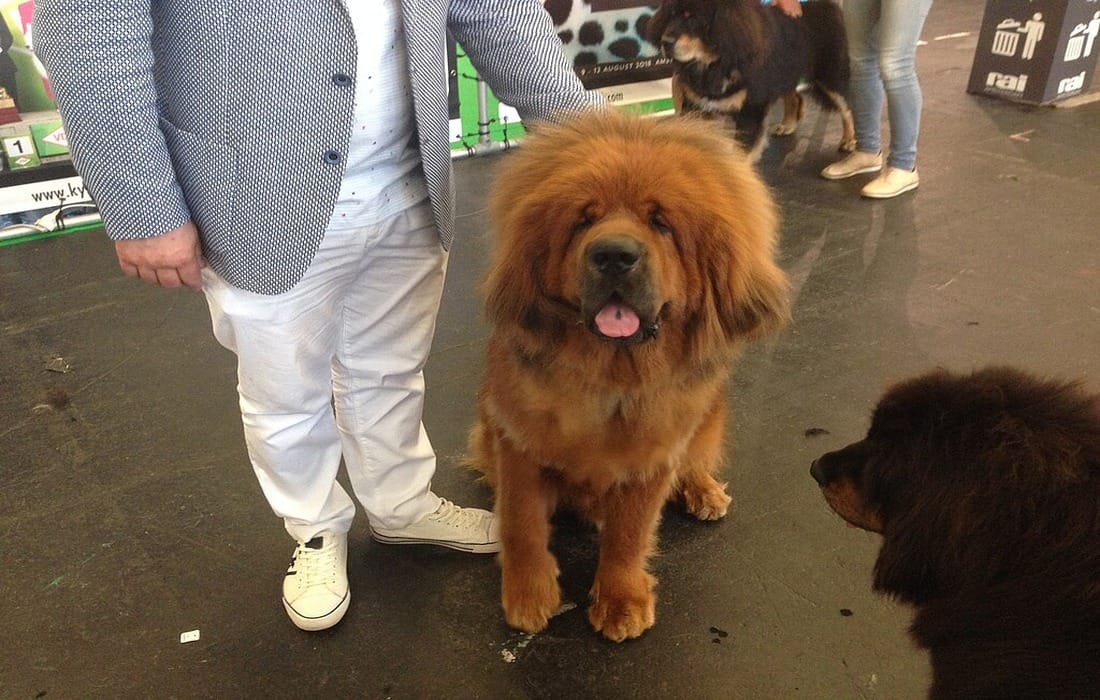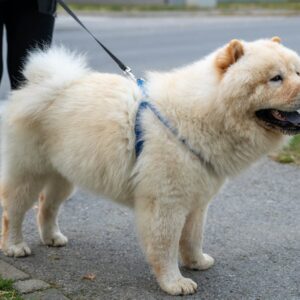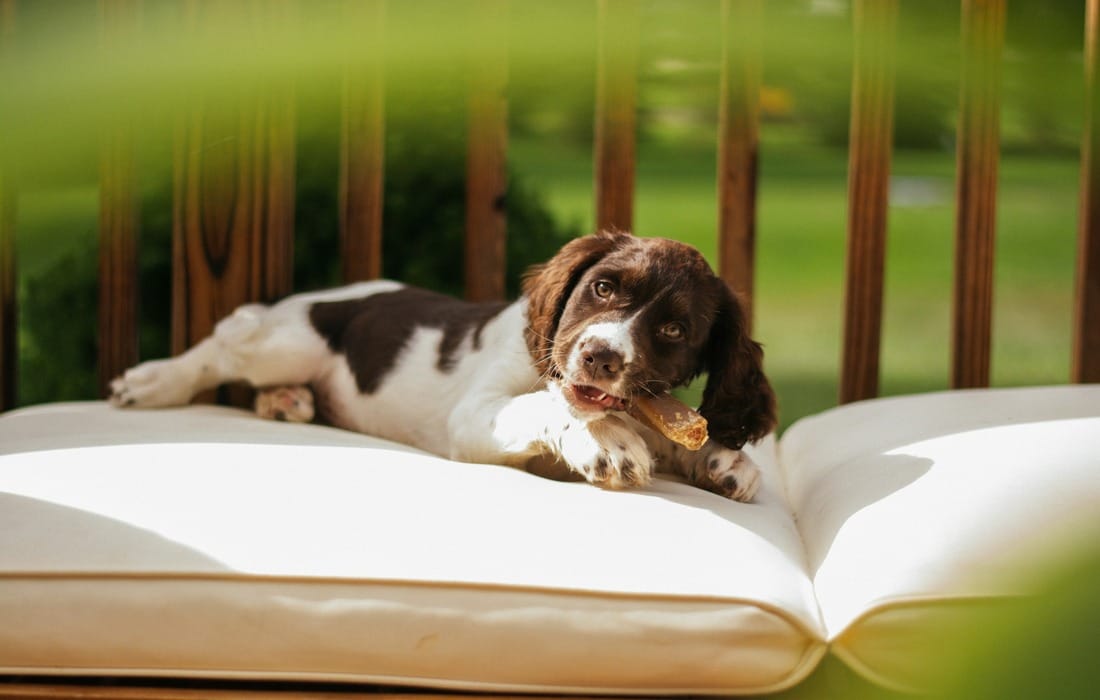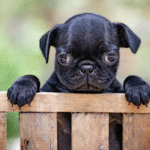Greyhounds, often referred to as the “Ferraris of the dog world,” are a remarkable breed known for their speed, elegance, and gentle nature. These dogs, once bred for racing and hunting, have transformed into wonderful pets, beloved for their affectionate personalities and low-maintenance lifestyles. If you’re considering bringing a greyhound into your home or already have one, this guide will provide you with everything you need to know about greyhound health, grooming, exercise, training, and nutrition.
Greyhounds Overview
Greyhounds are one of the oldest and most graceful dog breeds, with a history dating back over 4,000 years. Originally bred for hunting and racing, they are now cherished as family pets. Known for their slim build and impressive speed, greyhounds can reach speeds of up to 45 miles per hour in short bursts, making them the fastest dog breed in the world.
Health: Keeping Your Greyhound Happy and Healthy
A healthy greyhound is a happy greyhound. Maintaining their health requires regular veterinary care, attention to their physical well-being, and awareness of common health issues. Here’s what you need to know to keep your greyhound in top condition.
Common Health Issues
While greyhounds are generally healthy dogs, they are prone to a few specific health problems:
- Hip Dysplasia: This is a common condition in many large breeds, but greyhounds can also be affected. It occurs when the hip joint doesn’t develop properly, causing pain and difficulty in movement. Regular check-ups and early intervention can help manage the condition.
- Bloat (Gastric Dilatation-Volvulus): Greyhounds are susceptible to bloat, a life-threatening condition where the stomach fills with gas and twists. Symptoms include restlessness, drooling, and an enlarged abdomen. Immediate medical attention is necessary.
- Heart Disease: Greyhounds are prone to a specific form of heart disease called “greyhound cardiomyopathy,” a condition that affects the heart muscle. It can cause lethargy, coughing, and difficulty breathing. Regular vet visits can help detect this early.
- Eye Problems: Greyhounds are prone to conditions like cataracts and progressive retinal atrophy (PRA), which can lead to blindness. Keeping an eye on any changes in vision and consulting a vet can prevent worsening conditions.
- Skin Sensitivity: Greyhounds have thin skin and minimal body fat, making them more prone to cuts, scrapes, and sunburn. You should protect them from excessive sun exposure and be careful of rough surfaces.
Regular Vet Visits
Just like any other breed, greyhounds benefit from regular veterinary check-ups. A vet will conduct routine health assessments, vaccinations, and parasite prevention treatments. Greyhounds should be examined at least once a year to detect potential health problems early.
Signs of Illness
Greyhounds are stoic creatures and may not always show obvious signs when they are ill. Look for subtle signs of discomfort or illness, such as:
- Decreased appetite or refusal to eat
- Lethargy or unwillingness to move
- Excessive drooling or panting
- Vomiting or diarrhea
- Unexplained weight loss
If you notice any of these signs, it’s important to consult with a vet promptly.
Grooming Your Greyhound: Keeping Them Clean and Comfortable
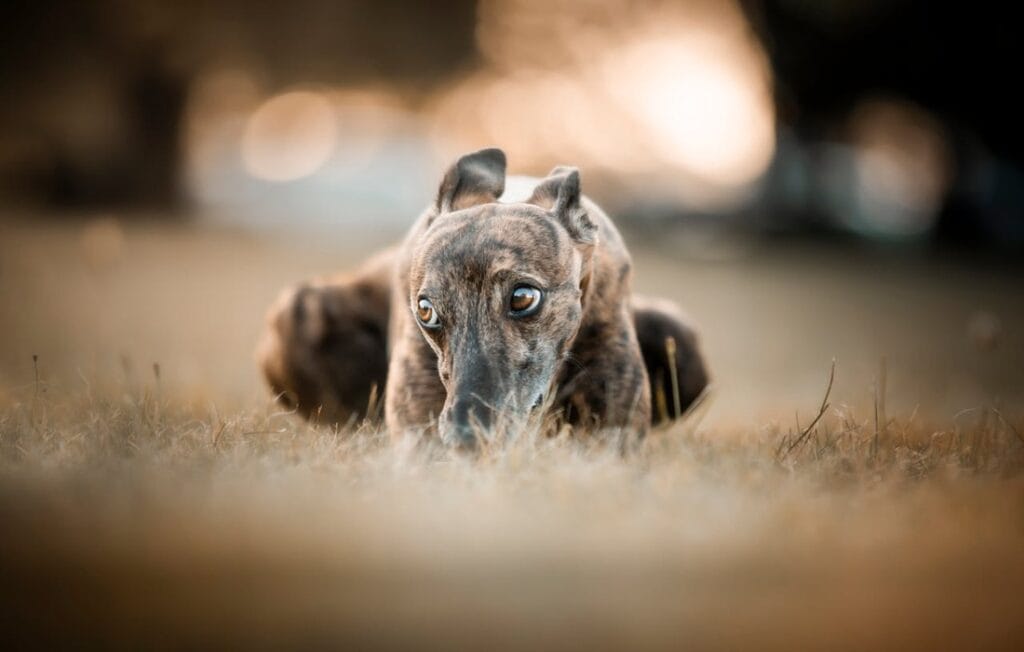

Greyhounds have short, smooth coats that are relatively easy to maintain, making them a low-maintenance breed in terms of grooming. However, despite their manageable fur, they still require regular grooming to stay clean, healthy, and comfortable. Routine brushing helps remove loose hairs, prevents matting, and promotes healthy skin, while occasional baths ensure they remain fresh and free from dirt and odors.
Greyhound Coat Care
A greyhound’s coat is sleek and low-maintenance. While their fur doesn’t require frequent brushing, it’s still important to keep it free of dirt and debris. Regular brushing once a week will help remove any loose hair and reduce shedding.
Greyhounds do shed, but not excessively. Brushing can also stimulate the skin and improve circulation. Use a soft brush or grooming mitt, as their skin is delicate.
Bathing and Brushing
Bathing your greyhound is generally only necessary when they get dirty or develop an odor. Over-bathing can dry out their skin, so only bathe your greyhound every 6-8 weeks, unless needed more frequently due to dirt or odor.
When bathing, use a mild dog shampoo to avoid irritation. After bathing, make sure to dry them off thoroughly, as they have a low body fat percentage and can get cold easily.
Nail Care and Ear Cleaning
Greyhounds are generally good at wearing down their nails naturally through activity. However, you should still check their nails regularly and trim them when needed. This can prevent discomfort or injury from overgrown nails.
Greyhounds’ ears are prone to infections, especially if they are exposed to dirt or moisture. Regularly clean their ears with a damp cloth or a vet-approved ear cleaner to prevent build-up and infections.
Exercise: How Much Do Greyhounds Need?
Greyhounds are energetic dogs with a strong desire to run. However, their exercise needs are different from other breeds. While they need daily exercise, they are not hyperactive and don’t require constant activity.
Daily Exercise Needs
While greyhounds have a reputation for being incredibly fast, they don’t need hours of strenuous exercise every day. They are sprinters, not endurance runners, so they prefer short bursts of activity followed by relaxation. A daily walk of 30-45 minutes, along with some time in a securely fenced yard where they can run freely, is usually enough.
Because they have a strong prey drive, you should always ensure that your greyhound is on a leash during walks unless you’re in a completely secure area. Some greyhounds may also enjoy playing fetch, but this should be done in a safe, enclosed space.
Playtime and Running
Although greyhounds don’t require constant exercise, they do need time to stretch their legs and run. If you have access to a dog-friendly park or a fenced area, allow your greyhound to run for short periods of time. This can provide both physical and mental stimulation.
Mental Stimulation
Mental exercise is just as important as physical exercise for a greyhound. You can provide mental stimulation through puzzle toys, scent games, or basic obedience training. These activities can help keep your greyhound engaged and prevent boredom.
Training Your Greyhound: Essential Commands and Tips
Training a greyhound is a rewarding experience, but it does require patience. Greyhounds are intelligent dogs, but their independent nature means they can sometimes be a bit stubborn. Here’s how you can train your greyhound effectively.
Socialization
Socializing your greyhound early is key to ensuring they grow up to be well-behaved and comfortable around people and other animals. Introduce your greyhound to various environments, people, and other pets from a young age to ensure they develop good social habits.
Basic Commands
Start training your greyhound with basic commands like “sit,” “stay,” “come,” and “down.” Greyhounds tend to be quick learners, but they may also be easily distracted, especially by other animals or fast-moving objects. Keep training sessions short and positive, using treats or praise to reward good behavior.
House Training
House training a greyhound may take some time, especially if you adopt an older dog. Greyhounds are used to living in kennels, so they may not immediately understand the concept of house rules. Consistency is key. Take your greyhound outside frequently, especially after meals and naps, and reward them when they go to the bathroom outside.
Nutrition: Feeding Your Greyhound Right
A balanced diet is crucial to keeping your greyhound healthy and energetic. Greyhounds require a high-quality diet that supports their lean muscle mass and active lifestyle.
Ideal Diet for a Greyhound
Greyhounds thrive on a protein-rich diet that supports their muscle health. Look for dog food that lists high-quality animal protein, like chicken, turkey, or lamb, as the first ingredient. A good dog food will also include healthy fats, fiber, and essential vitamins and minerals.
Greyhounds do best with a diet that supports lean muscle and energy without overloading them with empty calories. Consider choosing foods specifically designed for active dogs or large breeds.
Choosing the Right Food
When selecting food for your greyhound, choose high-quality dog food from reputable brands. Some greyhound owners also opt to feed raw food (BARF diet) or home-cooked meals, but it’s important to ensure that the diet is balanced and meets all their nutritional needs. Consulting with a vet or a canine nutritionist can help you make the best decision for your dog.
Supplements and Special Diets
Some greyhounds may benefit from supplements, especially if they have joint issues or other health concerns. Omega-3 fatty acids, glucosamine, and chondroitin are common supplements for greyhounds, especially as they age.
If your greyhound has specific health issues, such as food sensitivities or obesity, consult with your vet to develop a tailored diet plan.
Final Thoughts
Greyhounds are unique and special dogs that offer endless joy and companionship. With their calm demeanor and impressive athleticism, they make excellent pets for the right family. By understanding their health needs, grooming requirements, exercise routines, training methods, and nutritional needs, you can ensure your greyhound lives a long, happy, and healthy life.


